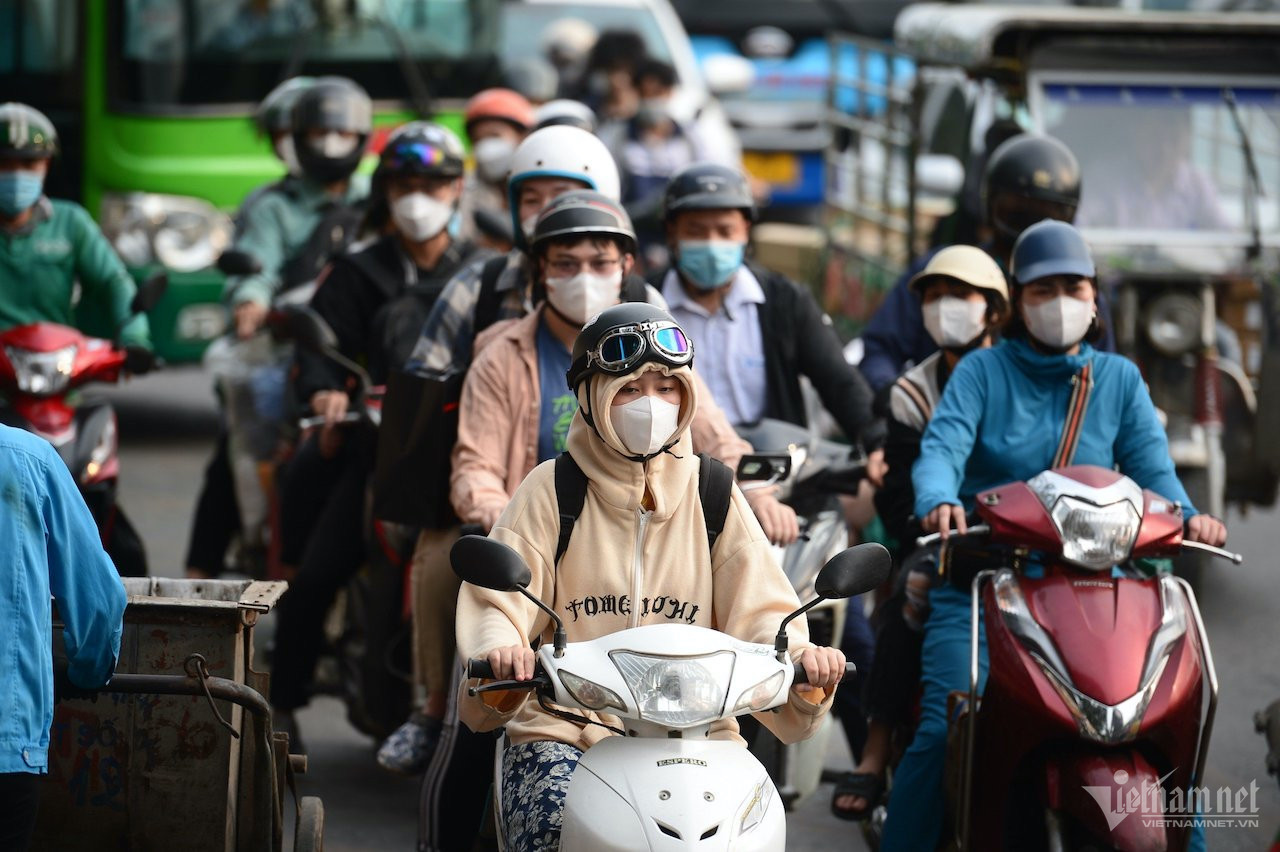
According to the National Traffic Safety Committee (NTFC), the number of registered motorbikes by September 2024 had reached 77 million. This means there are 770 motorbikes per 1,000 people, the highest ratio in the world.
NTFC Chief Secretariat Tran Huu Minh pointed out that inadequacies in land use planning, construction standards and design standards are a major reason behind the high traffic accident rate.
The unreasonable planning causes traffic chaos and it is impossible to reserve a separate lane for motorbikes.
The standards for lanes for motorbikes and guidance on designing a separate lane for motorbikes were released for reference only, and have not been applied on a large scale.
Minh said that if lanes on road can be managed well, this would help reduce the number of motorbike accidents significantly.
Khuat Viet Hung, Director of the Institute of Transport Strategy and Development, commented that state agencies are writing laws and creating a safe traffic culture for motorbike drivers based on a safety philosophy for car drivers.
This explains why only modest improvement has been made despite great efforts to minimize traffic accidents.
Hung emphasized the need to standardize technical standards on safe traffic infrastructure for motorbikes. The majority of motorcyclists in Vietnam are people of working age, directly contributing to the development and prosperity of the country. Therefore, they deserve to have safe infrastructure where they can drive and participate in traffic safely.
Kim Beng LUA from the Global Designing Cities Initiative (GDCI), in Malaysia, said the existence of a separate lane for motorbikes, in parallel with highways, helps reduce 25 percent of accidents that cause injuries.
A Vietnamese transport expert said if there are separate lanes for bicycles and motorbikes, people will feel encouraged to use bikes, and if so, the number of accidents with motorbike drivers will decrease.
The existence of lanes for different types of vehicles is also expected to mitigate congestion that often occurs in rush hours caused by conflicts in traffic flow, especially at intersections.
He said that Vietnam should consider the traffic organization model in Canada, where sidewalks are reserved for pedestrians (below 5km/h). The adjacent lane is reserved for bicycles and power assisted bikes (20-25km/h). The major lane is reserved for cars or two-wheel vehicles (30-40-50 km/h).
N. Huyen